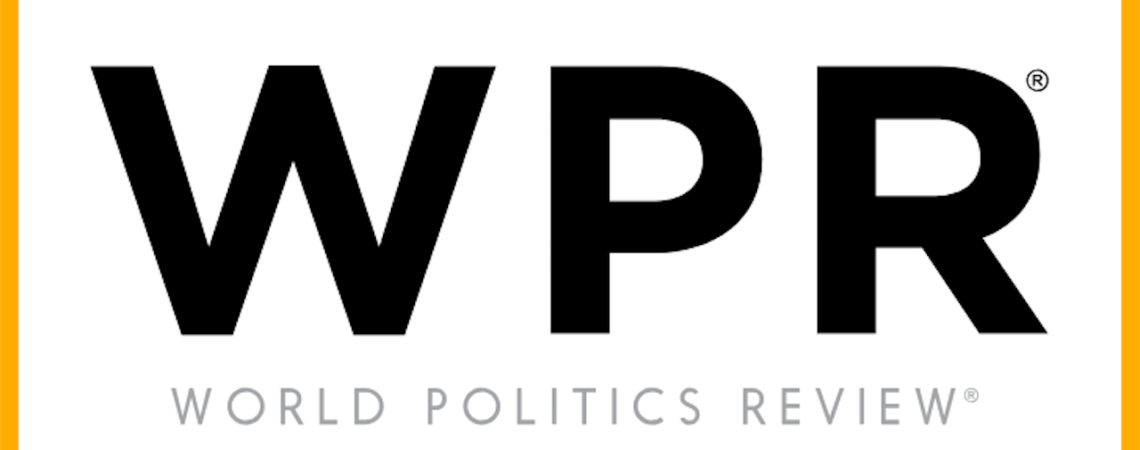Since the onset of the coronavirus pandemic, the Trump administration’s trade policy has been shifting from an inclination to punish to a yearning for retreat. After imposing tariffs on trading partners that cost U.S. consumers $12 billion last year, the White House has been looking for ways to repatriate industrial activity from China and launch a new state-led industrial policy. But cutting the economic cord with China will not magically halt its geopolitical rise, and imitating its state-led approach to the economy would make America both less secure and less prosperous.
Instead, the next U.S. administration should launch a “Safe Trade” agenda that creates growth, resilience, and security without abandoning U.S. engagement in the global economy, which would only give China free rein to reshape the international trade regime to its preferred set of rules. A Safe Trade agenda would complement government initiatives to secure against supply disruptions—like the stockpiling of goods essential to public health—by building a diverse set of high-standard trade and investment relationships to help ensure continued prosperity when the next shock begins, or if a certain sector is unexpectedly affected. And it would seek to strengthen the global trading system so that it creates greater security for the U.S. and like-minded countries.
But the United States is no longer powerful enough to make international trade safer all by itself. To do so, it will need to draw upon its relationships with its partners, particularly the European Union. Although it has been misunderstood and devalued by President Donald Trump and his administration, the EU remains America’s most economically important and most natural trade and political partner.
Finally, a Safe Trade agenda would seek to ensure that the global economy continues to operate according to rules that advance U.S. values and interests. The World Trade Organization is at once a major accomplishment in multilateral governance and, for the moment, ill-equipped to manage the kind of challenge that China’s state-driven economy presents to international economic relations based on liberal values. While the Trump administration was wrong to bring the WTO’s dispute settlement system to a halt by blocking the appointment of new judges to its appellate body, finding the necessary consensus for reform will take time.
One avenue to accelerate progress would be for the U.S. to complement multilateral diplomacy within the WTO with efforts at the bilateral level with the European Union. A large coalition in favor of open and progressive trade rules, spearheaded by joint U.S.-EU economic statecraft, could create leverage for success within the WTO. The U.S. and the EU—joined by Japan—should take their trilateral efforts at WTO reform since 2017 a step further and develop new trade rules and enforcement measures for issues like state-owned enterprises and industrial subsidies that would serve as a vanguard for action by the broader WTO membership. The timing would be propitious, as the EU is finally demonstrating its willingness and capacity to act in a strategic way about China’s state support for its industries.
As important as this new Safe Trade agenda will be, it is also essential to recognize its limitations. Trade policy is neither the main cause nor the remedy to, many of the most urgent economic challenges the U.S. and Europe face. Domestic policymakers will need to step in when it comes to reducing inequality, preparing the workforce for the age of artificial intelligence, or mitigating climate change. But strengthening trade ties between the U.S. and the EU, and organizing that effort around Safe Trade, will shore up and boost a source of growth and security that will contribute to addressing all of these other challenges.
To view the original article, please click here

